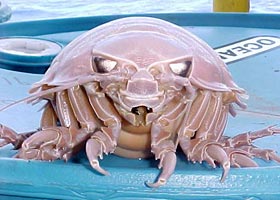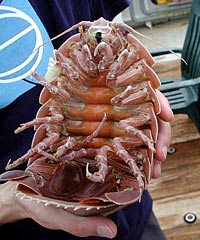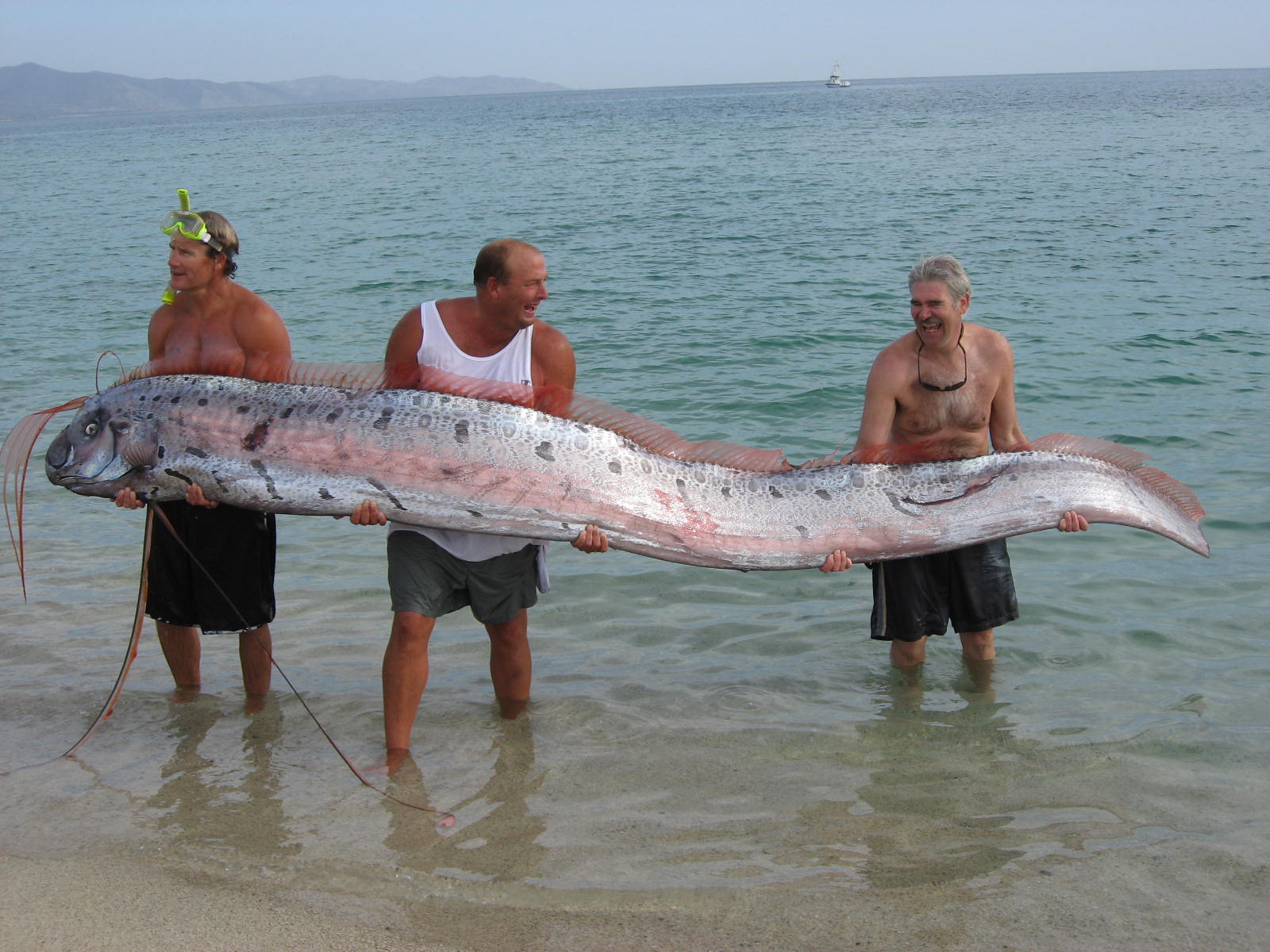-71% of the Earth is covered in water
Major Ocean Basins:
-Pacific: deepest and largest
-Atlantic: Narrow, receives lots of water and sediments from rivers
-Indian: Smallest
-Southern: Connects the Pacific, Atlantic, & Indian
-Arctic: At the top of the globe
Sea Floor Features:
-Continental Margin: where continent meets ocean, underwater portion of continental crust, consists of shelf, slope & rise
-Continental Shelf: gently sloping region of the continental margin that extends seaward from shoreline to continental shelf break
-Continental Slope: Steeply sloping region of the continental margin that extends from the continental shelf downward to the ocean basin
-Continental Rise: gently sloping, smooth surfaced, thick accumulation of sediment at the base of the continental slope
-Abyssal Plain: ocean floor and the beginning of the oceanic plate
-Trenches: long, deep, narrow portions of the abyssal plain; deepest part of the ocean
-Oceanic Ridges: places where the ocean floor is spreading and magma is coming up from the crust creating mountains
-Seamounts: under sea level mountain that keeps it's volcanic shape
-Guyot: under sea level mountain that is flattened at the top, a.k.a. tablemount or plateau
-Submarine canyon: a steep-walled, v-shaped canyon that is cut into rocks and sediments of the continental slope
-Volcanic Island: Volcanic mountains that are above sea level that have become islands
Passive Continental Margin: not at a plate boundary, no tectonic activity, wide shelf, gentle slope, continental rise
ex: East/Atlantic Coast
Active Continental Margin: tectonic plate activity going on, has earthquakes and mountain building, little or no shelf, steep slope, trenches, no rise
ex: West/ Pacific Coast
Salinity
-is the total amount of dissolved salt in sea water
-expressed in PPT (parts per thousand) or PSU (practical salinity units)
-Salinity varies due to evaporation and precipitation
-Rapid change in salinity is called the halocline
Temperature
-decreases with depth
-gases dissolve berter in cold water, so there is more oxygen in deep, cold water
-rapid change in temperature is called the thermocline
Density
-is the amount of material or mass per unit of volume
-determined by temperature and salinity
-cold water: more dense
-warm water: less dense
-increase in salinity: increase in density
-decrease in salinity: decrease in density
-rapid change in density is called the pycnocline
Pressure
-water is heavier than air so marine organisms are under great deals of pressure
-pressure increases 1 atm every 33ft (10m) underwater.
-decompression sickness is caused by not decompressing enough, going down too quickly, going down too deep, coming up too deep, or flying (or going to high altitudes) within 24hrs of diving
-nitrogen narcosis is caused by air bubbles getting into your blood stream from your tissues while diving
Stratification
-water is stratified due to different densities
-layers do not mix so substances, like pollutants will be contained in one area
-Surface layer: 100-200m, lots of sunlight, lots of life
-Intermediate layer: 200-1000m, transition zone, home to thermocline, pycnocline, and halocline, contains the twilight zone, little light
-Deep Layer: 1,000meters to bottom of trenches, coldest layer
-overturn: changes in density causes water to mix
Tides
-tides are the periodic rising and falling of ocean waters caused by gravitational forces of the moon and the sun
-tidal range: difference between high and low tides
-6hrs between a high and low tide, 12 hours between a high & high, or low & low
-full cycle=24hrs, 50min
-Spring tide: full moon and new moons, causes extreme water height variation
-Neap Tides: quarter phases of the moons, cause the wave heights between high and low to be extremely close together
-Semidiurnal: two equal high and low tides
-Mixed Semidiurnal: two highs and two lows of unequal heights
-Diurnal: one high tide and one low tide every day
Tsunamis
-are caused by earthquakes, landslides and meteors
-also known as seismic sea waves
Waves
-caused by wind
-wave height: vertical distance between the trough and crest
-wavelength: distance between crest and trough
-crest: highest part of the wave
-trough: lowest part of the wave
-period: time a wave takes to go by any given point
-fetch: the span of open water over which wind blows
Currents
-Surface currents: caused by wind
-currents flowing away from the equator are warm, flowing towards the equator are cold
-Gyres: circular currents











 article on the discovery of Geology. Most scientists have assumed that the study of Geology (Earth , its history, and all living things on it) began at the most, 300 years ago. Now with a deeper look into how far back geologic studies go, a few scientists believe that a well known Polish astronomer
article on the discovery of Geology. Most scientists have assumed that the study of Geology (Earth , its history, and all living things on it) began at the most, 300 years ago. Now with a deeper look into how far back geologic studies go, a few scientists believe that a well known Polish astronomer 





 http://www.sciencedaily.com/releases/2010/02/100224165231.htm
http://www.sciencedaily.com/releases/2010/02/100224165231.htm








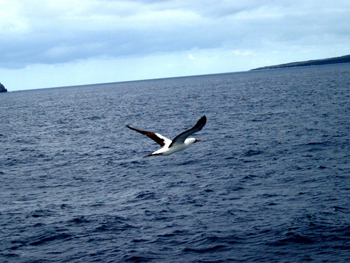






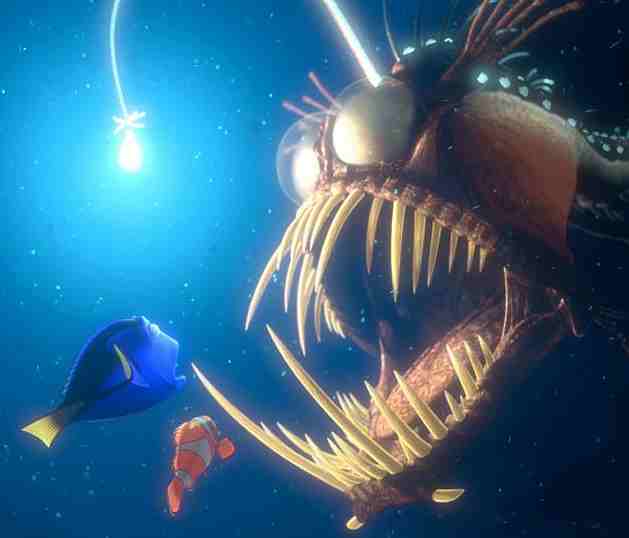

.jpg)



